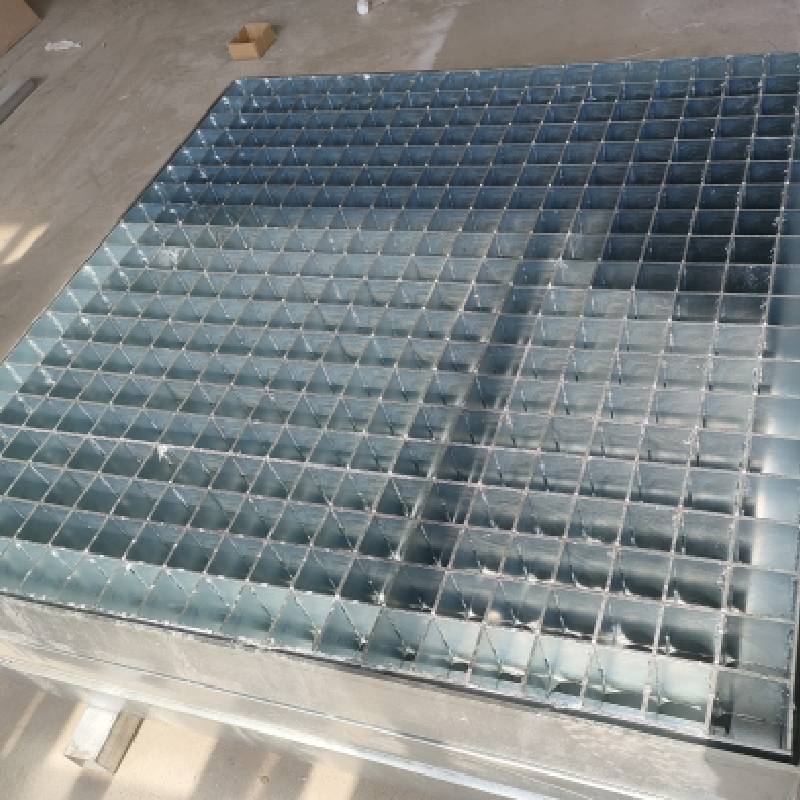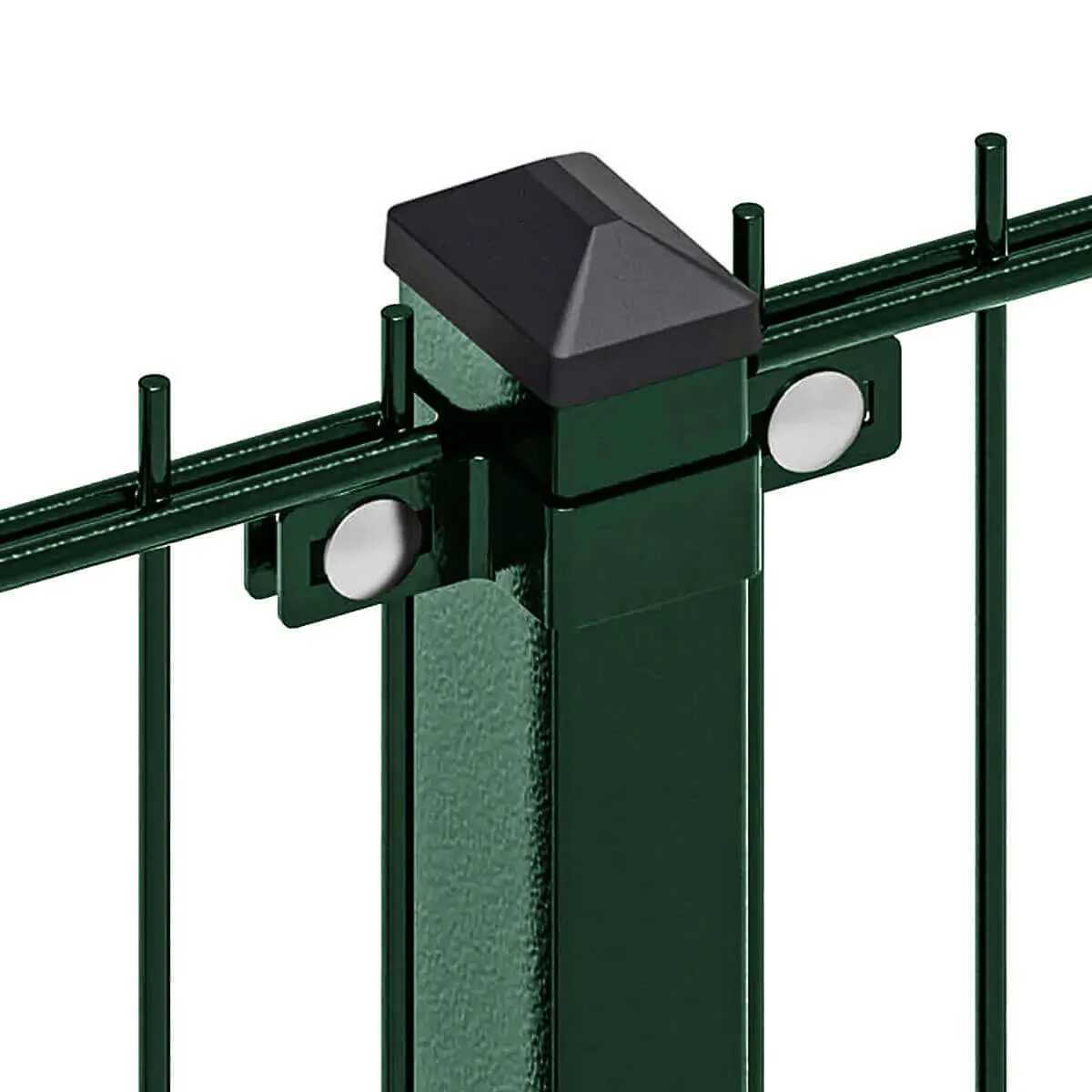Expanded metal lath sheets have become indispensable in various construction and industrial applications due to their robustness and versatility. Understanding the nuance of their utilization and benefits can elevate the quality of your projects, offering substantial advantages over traditional materials. This article delves into the unique features and applications of expanded metal lath sheets, presenting an expert perspective on their use.

Expanded metal lath sheets are crafted by cutting and stretching metal sheets to form a mesh-like pattern. This design enhances strength-to-weight ratios, making them an optimal choice for strengthening surfaces, supporting plastering, and providing effective solutions for reinforcement tasks. With their ability to adapt to plaster, stucco, and other finishes, these sheets provide remarkable adhesion, reducing the risk of plaster cracks and separations.
The superiority of expanded metal lath sheets becomes evident when considering their adaptability to any shape or form. This feature is particularly beneficial in architectural applications where creativity meets practicality. Curved surfaces, complex angles, or intricate designs are all achievable without structural compromise. The mesh structure offers excellent ventilation and drainage, essential for maintaining the integrity of the finished surfaces, especially in regions susceptible to moisture and humidity.

Moreover,
expanded metal laths contribute significantly to fire safety in buildings. The material forms a non-combustible barrier that supports plaster layers, which can act as a fire-resistant shield. This property is becoming increasingly important in meeting stringent safety regulations in construction, where ensuring minimal fire spread is crucial.
In terms of installation, expanded metal laths are relatively easy to handle due to their lightweight nature. This characteristic translates to quicker setup times and reduced labor costs, all while maintaining structural integrity. The sheets can be cut or shaped with standard tools, allowing on-site adjustments that accommodate unexpected design changes or specific project needs.
expanded metal lath sheet
The environmental impact of construction materials is increasingly scrutinized, with sustainable solutions being favored. Expanded metal lath sheets are a sustainable choice; they are often produced from recyclable materials and can themselves be recycled at the end of their life cycle. This aspect of sustainability not only reduces waste but also offers a forward-thinking approach to construction practices.
Continuous innovation in manufacturing has also enhanced the surface coatings available for metal lath sheets, offering increased corrosion resistance and prolonged lifespan. Such coatings are vital in outdoor or challenging environments, offering long-term durability and aesthetic appeal that maintains the structure's integrity and visual attractiveness.
From a cost perspective, the lifecycle cost-effectiveness of expanded metal lath sheets outshines many traditional materials. While initial costs may vary, the durability, ease of installation, and reduced maintenance costs provide a compelling economic argument. The longevity and resilience in harsh conditions also mean less frequent replacements, offering long-term savings.
Furthermore, for construction experts aiming to achieve LEED certification or equivalent green building standards, the integration of expanded metal lath sheets into building projects contributes to sustainable building goals. Their recyclability and sustainable production processes align with the criteria for environmentally responsible building practices.
In conclusion, expanded metal lath sheets offer a winning combination of strength, versatility, and sustainability. Their ability to enhance structural integrity while allowing creative freedom makes them an invaluable resource in construction and industrial projects. By embracing these advanced materials, professionals can optimize project outcomes, ensuring not just the functionality and aesthetic appeal of their structures but also their sustainability and compliance with safety standards.
























